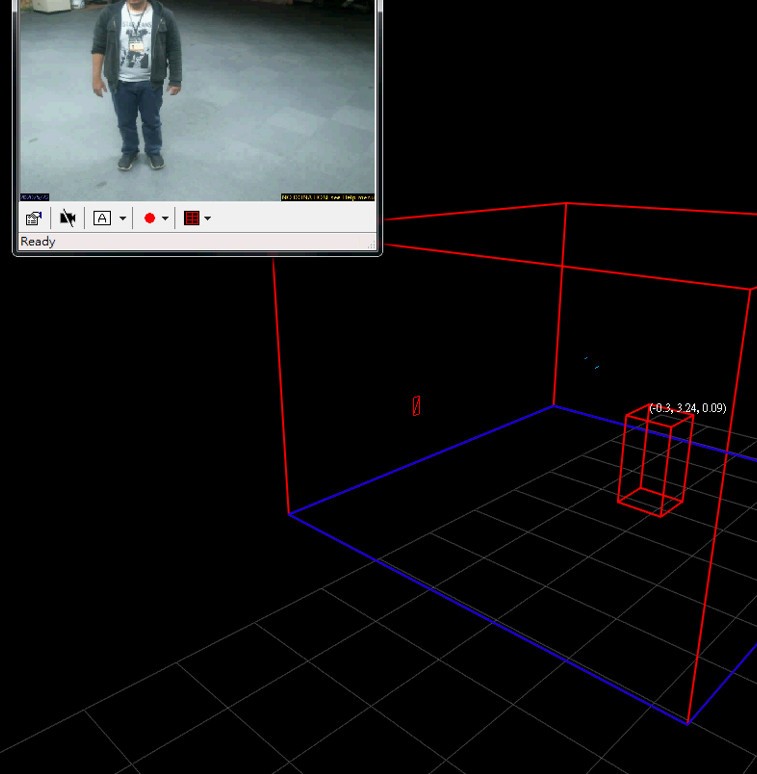Dear TI supporter ,
1) Which Project(Lab) reference source is better to exercise and implement the algorithm of "Detecting Human Falls and Stance" ? Can refer to 3D people demo or scan area demo ?
2) I just getting start and trace the code of the 3D people demo, need to have a simple exercise , please post me where is the code area to output the point cloud data in which relating
function I could calculate it
- height of each target
- dimensions of each target
of a person ?
Thanks
Ben.






